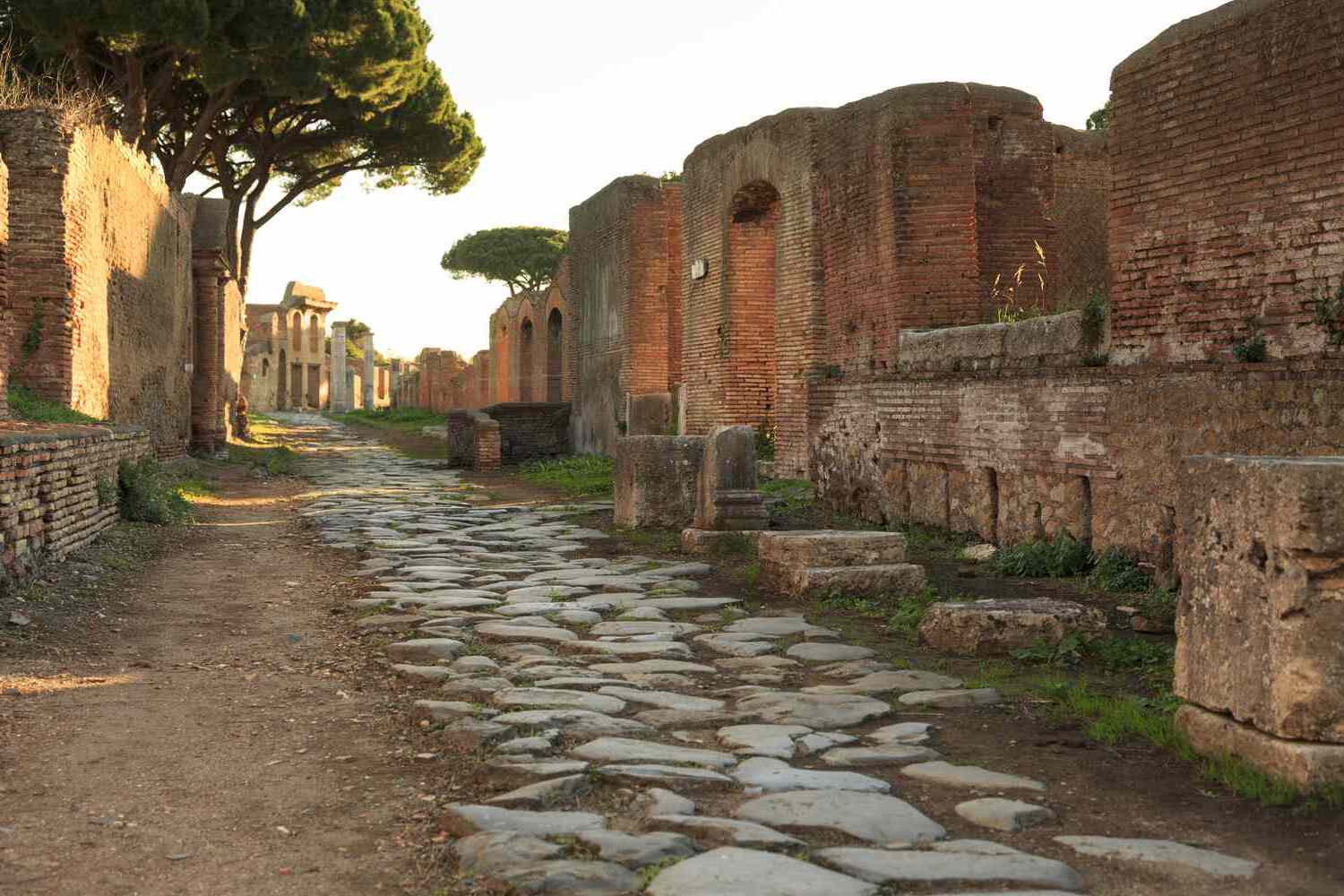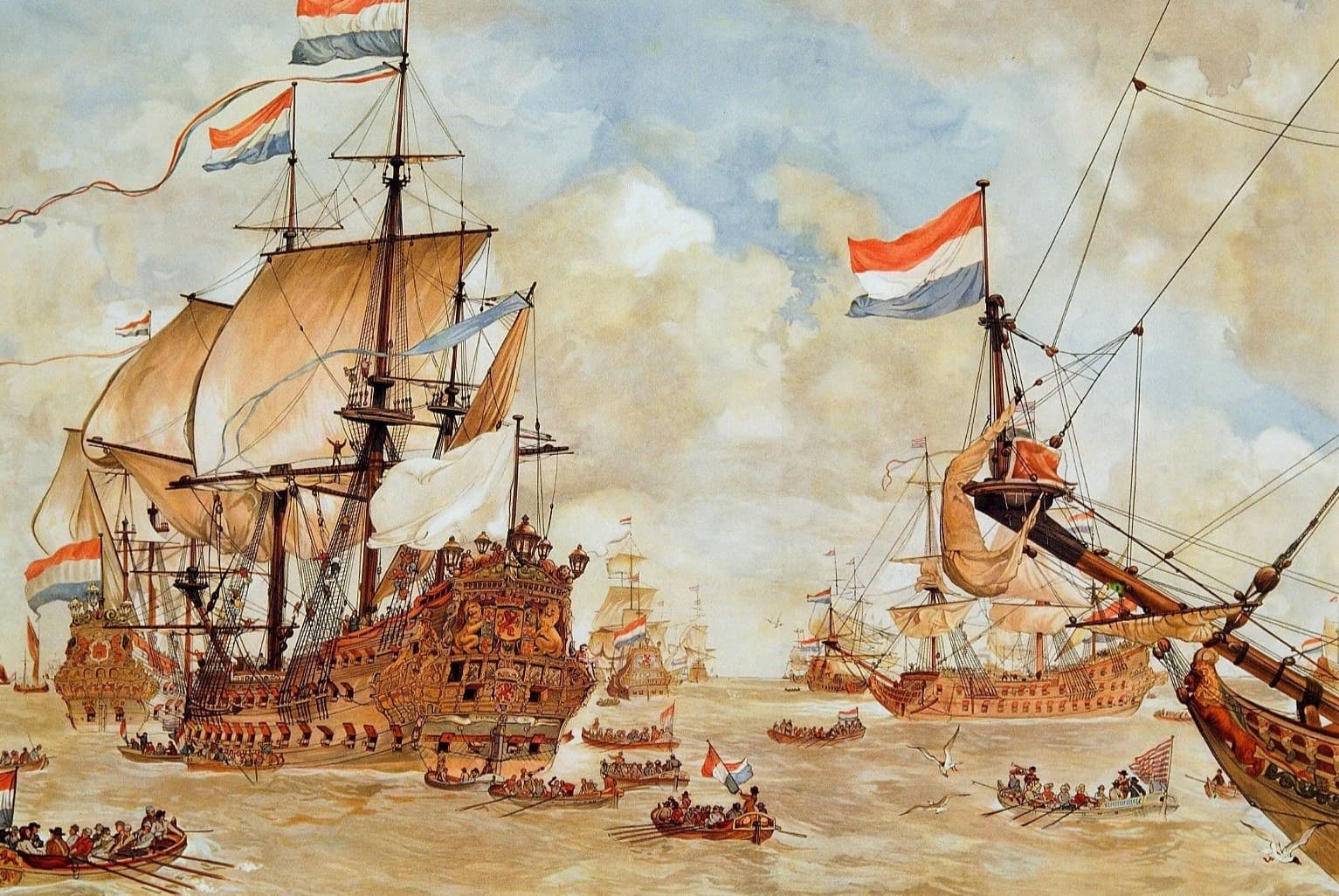
Roman roads were the ancient world's superhighways, connecting cities, towns, and military outposts across the vast Roman Empire. Ever wondered how these ancient marvels were built and why they were so important? Roman engineers designed these roads with precision, ensuring durability and efficiency. They used layers of materials like sand, gravel, and stone, creating a sturdy foundation that has withstood the test of time. These roads weren't just for travel; they played a crucial role in trade, military movements, and communication. Imagine walking on paths that have seen centuries of history! Let's delve into 31 great facts about these incredible structures and uncover their secrets.
The Origins of Roman Roads
Roman roads are legendary for their engineering and durability. These ancient highways played a crucial role in the expansion and maintenance of the Roman Empire.
- Roman roads were initially built for military purposes, allowing legions to move quickly across the empire.
- The first major Roman road, the Via Appia, was constructed in 312 BC.
- Roman engineers used a standardized road-building technique, ensuring consistency across the empire.
Engineering Marvels
The construction techniques used by the Romans were advanced for their time. These methods ensured that many roads remain intact today.
- Roman roads were built with multiple layers, including a foundation of large stones, a middle layer of smaller stones, and a top layer of gravel or paving stones.
- The roads were slightly curved, or "crowned," to allow water to drain off the surface.
- Roman engineers used a tool called a groma to ensure roads were straight.
The Extent of the Network
The Roman road network was vast, connecting distant parts of the empire and facilitating trade, communication, and governance.
- At its peak, the Roman road network spanned over 250,000 miles.
- Major roads radiated from the city of Rome, earning the phrase "All roads lead to Rome."
- The Via Egnatia connected the Adriatic Sea to Byzantium (modern-day Istanbul).
Economic Impact
Roman roads significantly boosted the economy by making trade and travel more efficient.
- Goods such as olive oil, wine, and grain were transported more easily across the empire.
- Roman roads facilitated the movement of people, including merchants, soldiers, and officials.
- The roads helped integrate conquered territories into the Roman economy.
Maintenance and Management
Maintaining such an extensive network required organization and resources.
- Roman roads were maintained by local communities, who were responsible for repairs.
- Milestones were placed along roads to indicate distances and provide information to travelers.
- The cursus publicus was a state-run courier and transportation service that used the roads.
Cultural and Social Influence
Roman roads had a lasting impact on the cultures and societies they connected.
- Roads helped spread Roman culture, language, and law throughout the empire.
- Early Christian missionaries used Roman roads to spread their message.
- Roman roads influenced the development of road networks in medieval Europe.
Technological Innovations
The Romans introduced several innovations in road construction that were ahead of their time.
- They used concrete made from volcanic ash, which was more durable than other materials.
- Roman engineers built bridges and tunnels to overcome natural obstacles.
- They developed techniques for building roads in challenging terrains, such as mountains and swamps.
Legacy of Roman Roads
The influence of Roman roads can still be seen today in modern infrastructure.
- Many modern European roads follow the routes of ancient Roman roads.
- The concept of road numbering and milestones originated with the Romans.
- Roman road-building techniques influenced modern engineering practices.
Famous Roman Roads
Several Roman roads are particularly well-known for their historical significance and engineering feats.
- The Via Appia, also known as the "Queen of Roads," connected Rome to the southern regions of Italy.
- The Via Aurelia extended from Rome to the northwestern coast of Italy.
- The Via Flaminia connected Rome to the Adriatic Sea, facilitating trade and military movements.
Archaeological Discoveries
Ongoing archaeological work continues to reveal new insights into Roman roads.
- Excavations have uncovered well-preserved sections of Roman roads in various parts of Europe.
- Archaeologists have found artifacts such as coins and pottery along ancient roadways.
- Studies of Roman roads provide valuable information about the daily lives of people in the Roman Empire.
Modern-Day Preservation
Efforts are being made to preserve and protect these ancient engineering marvels.
- Many Roman roads are now protected as historical sites, attracting tourists and scholars alike.
The Legacy of Roman Roads
Roman roads weren't just paths; they were engineering marvels that connected an empire. These roads spanned thousands of miles, showcasing the Romans' ingenuity and determination. They facilitated trade, military movements, and cultural exchange, leaving a lasting impact on the world. Even today, many modern roads trace their routes back to these ancient highways. The durability and design of Roman roads have influenced infrastructure development for centuries. Understanding their construction and purpose gives us a glimpse into the efficiency and organization of the Roman Empire. Next time you travel, remember the ancient roads that paved the way for modern transportation. Roman roads are a testament to human innovation and the desire to connect and explore. Their legacy continues to inspire and inform our understanding of history and engineering.
Was this page helpful?
Our commitment to delivering trustworthy and engaging content is at the heart of what we do. Each fact on our site is contributed by real users like you, bringing a wealth of diverse insights and information. To ensure the highest standards of accuracy and reliability, our dedicated editors meticulously review each submission. This process guarantees that the facts we share are not only fascinating but also credible. Trust in our commitment to quality and authenticity as you explore and learn with us.


